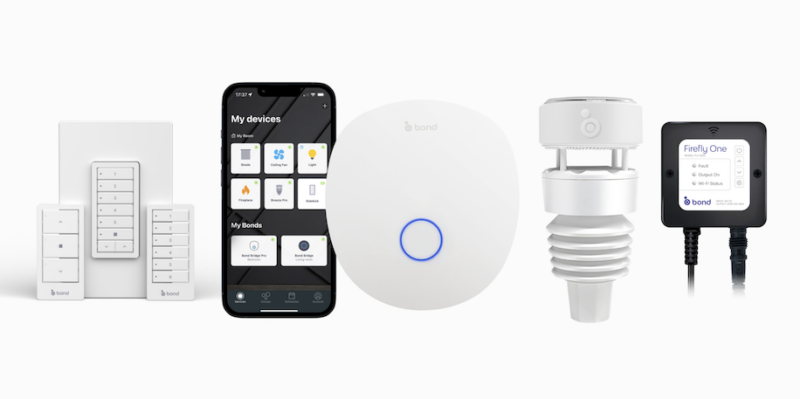Walking In A Wireless Wonderland

If you were to assemble a list of the most common questions potential clients will ask, right after the inevitable “Which is better, LED or Plasma?”, the number two would be, “Is it all going to be wireless?”
We all know by now that wireless technologies have made enormous strides. There are hardware solutions today that make me think back to site surveys I did five or six years ago where I thought, “I really wish I had a wireless solution for this.” That said, while there are any number of great wireless applications, we also know that they can’t do everything.
An important guideline to live by as a designer is “just because you can do something doesn’t mean you should.” While wireless mesh networks for lighting control are a godsend for retrofit installations, they shouldn’t be the first choice for new home construction. In retrofits, if you have a situation where some of the installation can be hardwired but some needs to be wireless, sketch it out, and make decisions on which needs to be which, and how they should best be installed.
It is one of my cardinal beliefs that the client’s home is not the place to start testing out new hardware, or experimenting with new ideas. A big part of the reason I believe that is because I’ve done it, and learned the hard way why it’s a bad idea.
Don’t get stars in your eyes reading the press release for new vaporware. Dealers need to evaluate new vendors, new technologies and new interfaces in their showroom before they even hint to clients that they exist. Spending time working on them in the showroom allows all of you, whether designers, installers or programmers, to come to grips with a new product. By doing this, you know its limitations, and how to deal with them when you take it out to the jobsite. Deviate from this policy, and you’ll waste hours putting a Band-Aid on something that shouldn’t have gone wrong in the first place.
Since your automation system is going to be a part of your client’s home Ethernet/wireless network you will need to specify a wireless router that is recommended by your automation vendor, as not every product can be counted on to receive a grade of “plays well with others.”
If you are given a list of several units that are recommended, go to the router manufacturer’s website and do some homework. If a particular model of router has been on the market for over a year, and the last firmware update was done yesterday, that product may not be the most reliable choice to put in the field.
In the troubleshooting phase, once you’ve has identified the problem, your next step is to decide upon the best solution. Don’t over-think this; sometimes the best solution is the least technical one. In one retrofit installation I once did, the client’s suite of 2.4 Ghz cordless phones was interfering with our wireless audio distribution network. The best solution was almost Alexandrian in its simplicity — one of our installers drove to Costco, and spent $150 to buy the client a new set of 2.4 Ghz cordless phones from a different brand. Problem solved!
If only every wireless issue was that easy!
Lee Distad is a rAVe columnist and freelance writer covering topics from CE to global business and finance in both print and online. Reach him at lee@ravepubs.com





